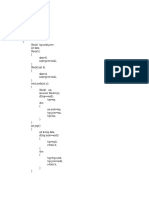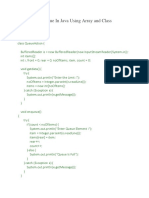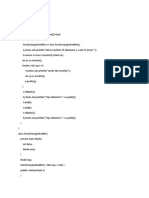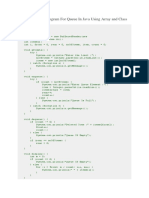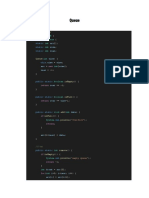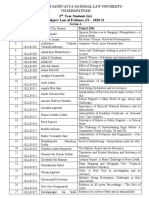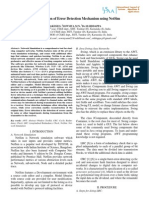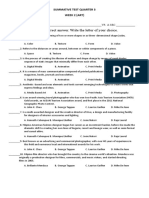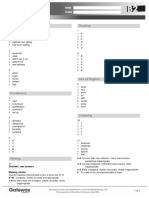0% found this document useful (0 votes)
17 views12 pagesCirculerQ and Dqueue
The document describes the implementation of two data structures: DeQueue and CirQueue in Java. DeQueue allows adding and removing elements from both ends with methods for overflow and underflow handling, while CirQueue implements a circular queue with similar functionalities. Both classes include methods for displaying elements and managing the queue operations through a user interface.
Uploaded by
jreeva26Copyright
© © All Rights Reserved
We take content rights seriously. If you suspect this is your content, claim it here.
Available Formats
Download as DOCX, PDF, TXT or read online on Scribd
0% found this document useful (0 votes)
17 views12 pagesCirculerQ and Dqueue
The document describes the implementation of two data structures: DeQueue and CirQueue in Java. DeQueue allows adding and removing elements from both ends with methods for overflow and underflow handling, while CirQueue implements a circular queue with similar functionalities. Both classes include methods for displaying elements and managing the queue operations through a user interface.
Uploaded by
jreeva26Copyright
© © All Rights Reserved
We take content rights seriously. If you suspect this is your content, claim it here.
Available Formats
Download as DOCX, PDF, TXT or read online on Scribd
/ 12

























